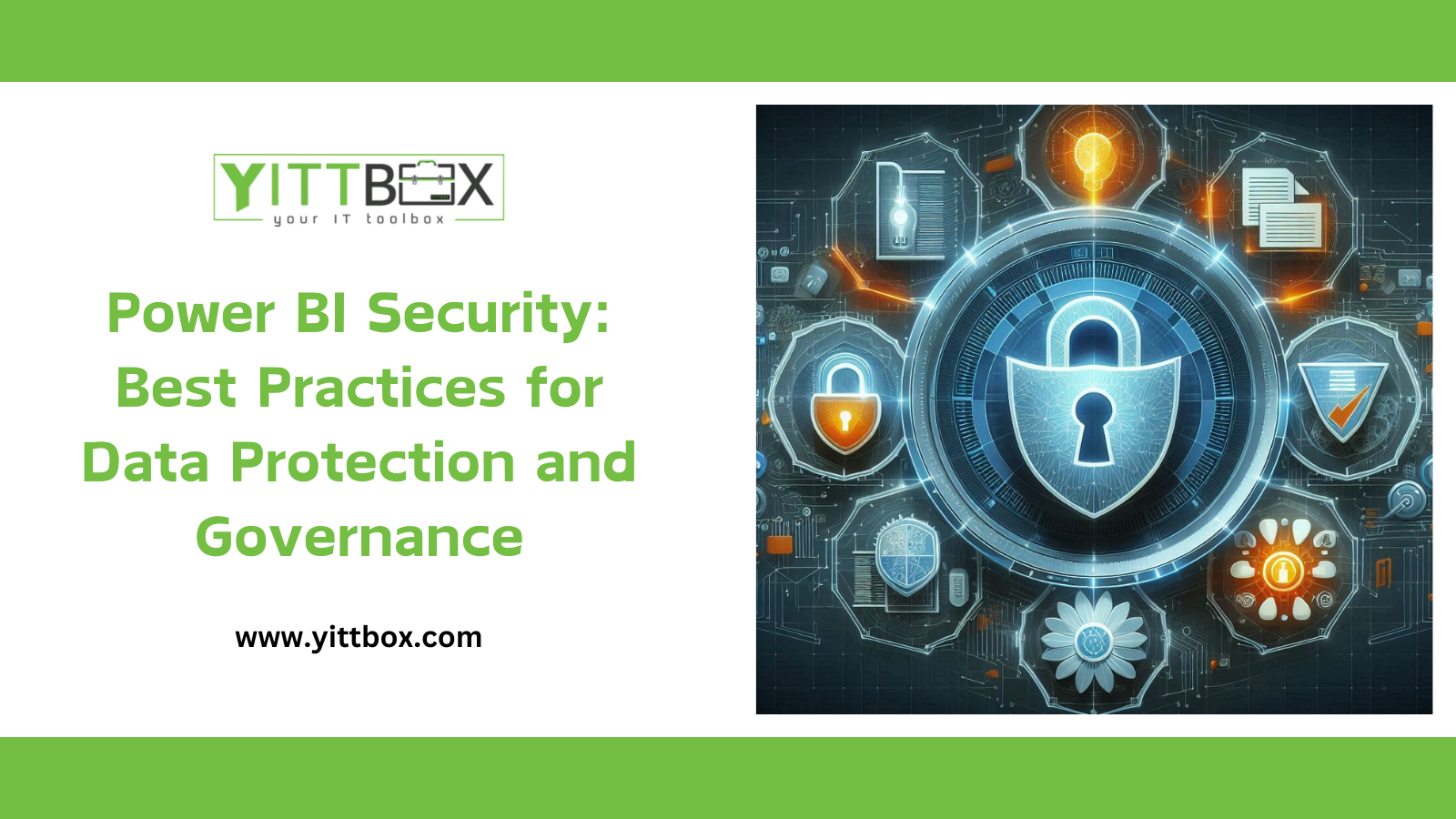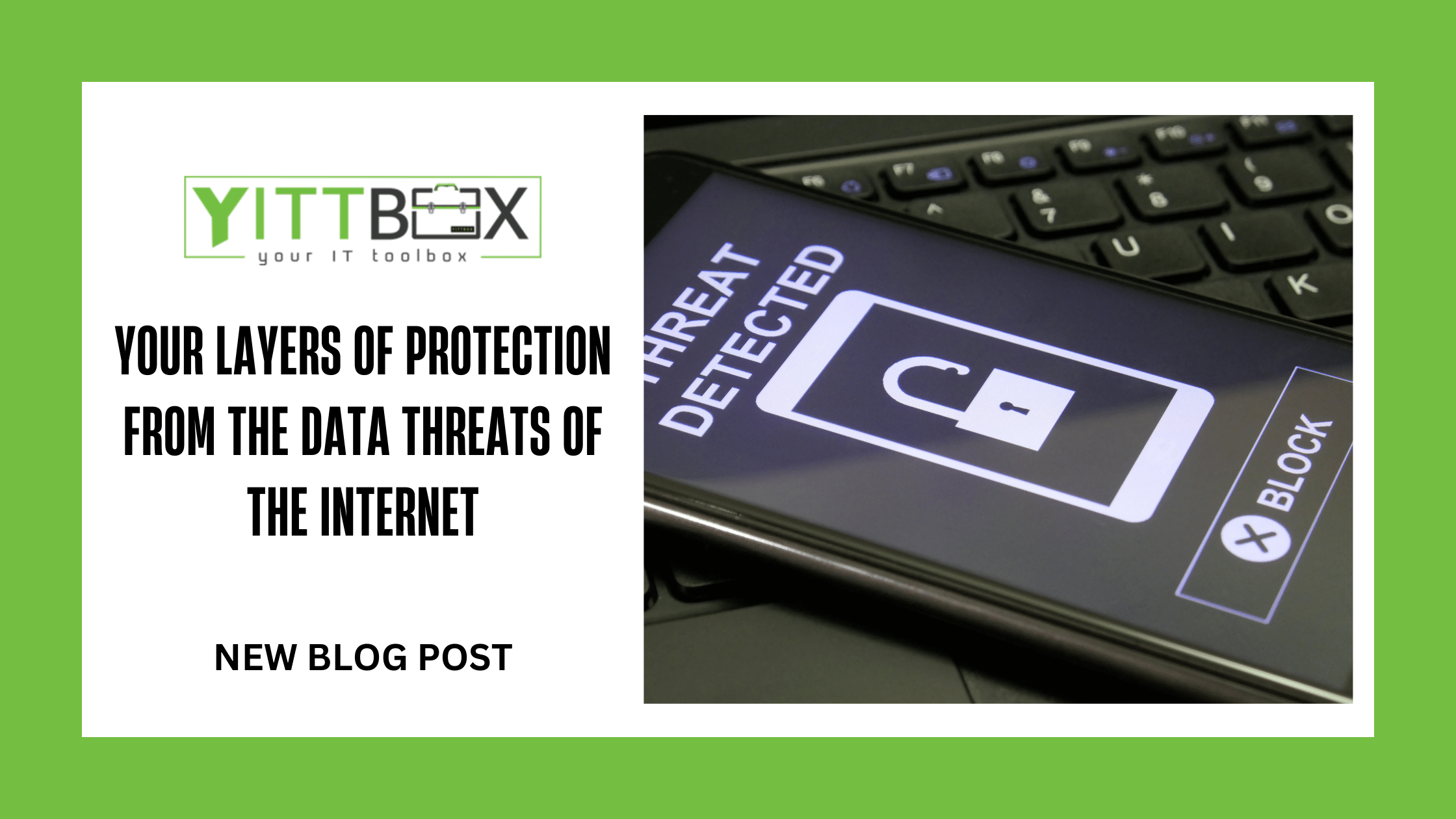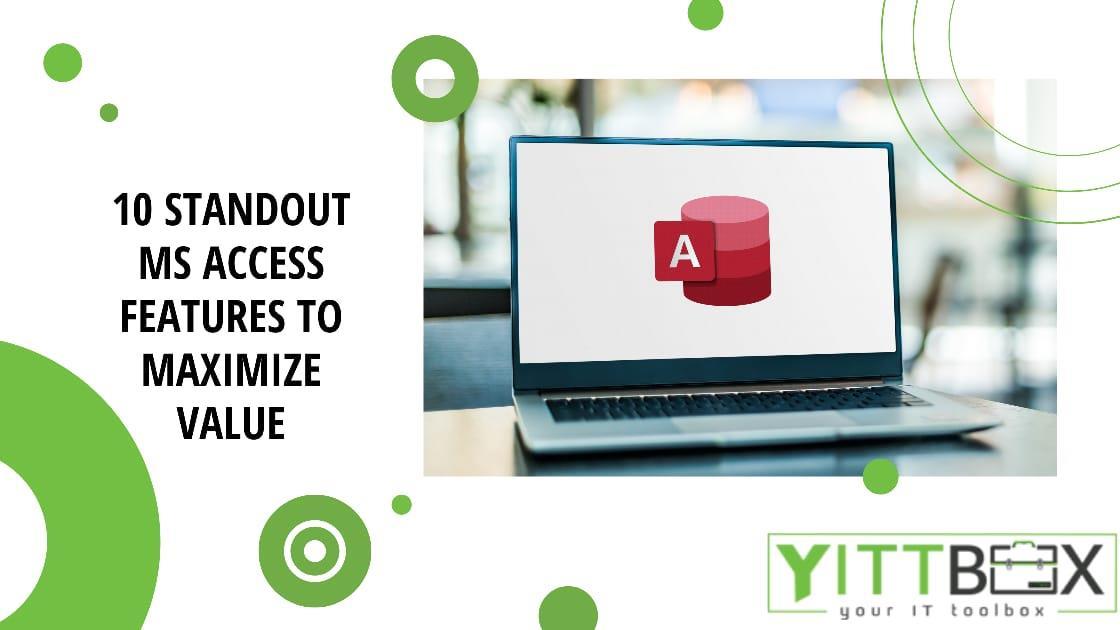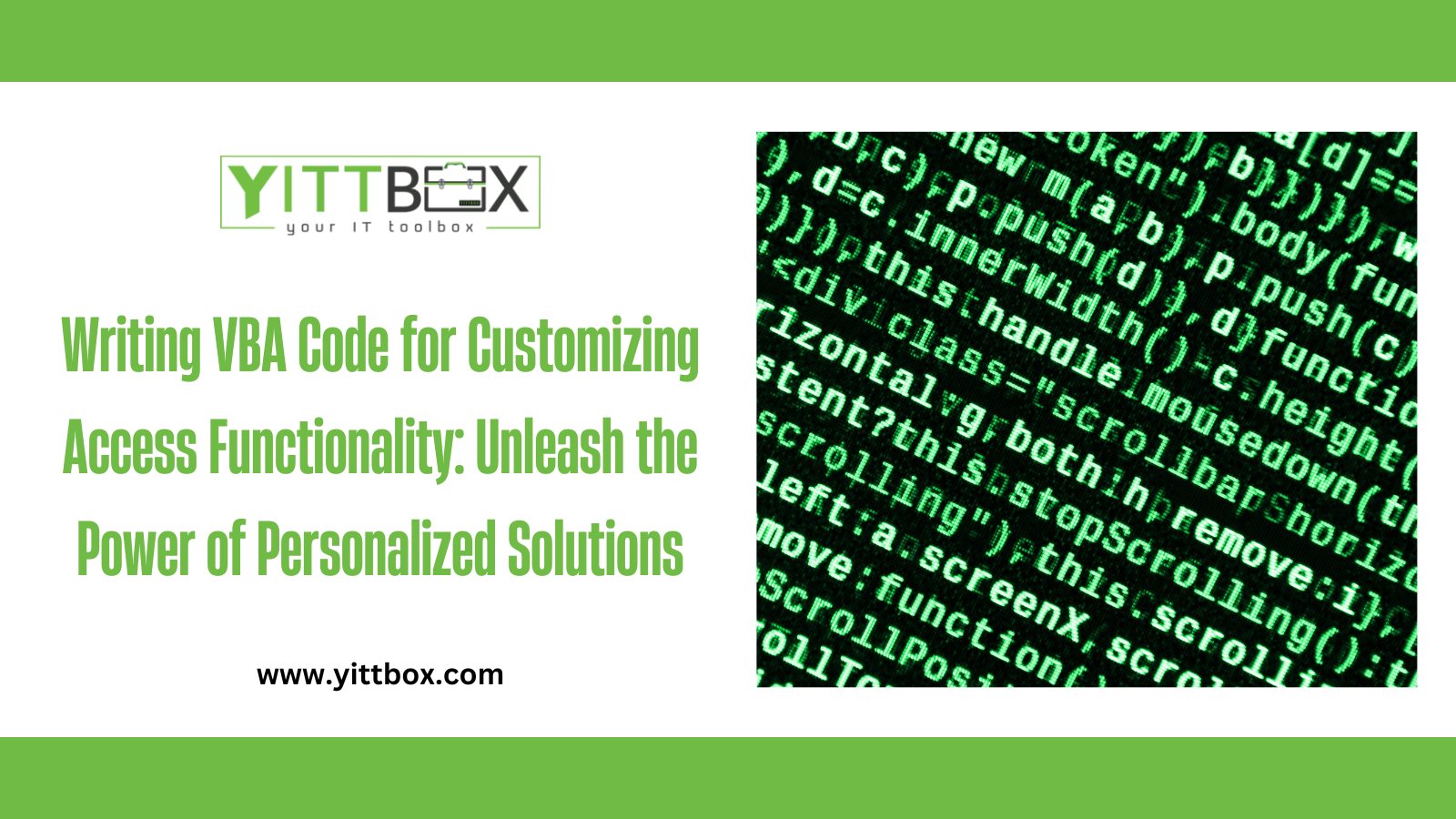Power BI Security: Best Practices for Data Protection and Governance
In today's data-driven world, businesses rely on tools like Power BI to visualize and analyze their data. However, with great power comes great responsibility. Ensuring the security of your data in Power BI is crucial for maintaining trust and compliance. This blog explores the best practices for data protection and governance in Power BI.
Understanding Power BI Security
Power BI, a business analytics service by Microsoft, enables users to visualize data and share insights across their organization. While it offers robust security features, understanding and implementing best practices is vital to protect your data from unauthorized access and breaches.
1. User Authentication and Access Control
Azure Active Directory (AAD) Integration: Power BI integrates with Azure Active Directory, providing a secure way to manage user identities and access. Ensure all users authenticate through AAD to leverage its advanced security features, such as multi-factor authentication (MFA).
Role-Based Access Control (RBAC): Implement RBAC to grant permissions based on users' roles within the organization. This limits access to sensitive data to only those who need it, reducing the risk of data leaks.
2. Data Encryption
Encryption at Rest: Power BI encrypts data at rest using Azure SQL Database Transparent Data Encryption (TDE). This ensures that your data is secure even when stored.
Encryption in Transit: Data transmitted between Power BI and other services is encrypted using HTTPS. Make sure all connections are encrypted to protect data during transmission.
3. Data Governance Policies
Data Classification: Classify your data based on its sensitivity. This helps in applying appropriate security measures to different data types, ensuring sensitive data is well-protected.
Data Loss Prevention (DLP): Implement DLP policies to monitor and protect sensitive information. These policies can prevent unauthorized sharing of data, ensuring compliance with regulations.
4. Row-Level Security (RLS)
Implement RLS: Row-Level Security allows you to control access to data at the row level. By defining security roles and rules, you can ensure users only see the data they are authorized to view.
5. Monitoring and Auditing
Activity Monitoring: Regularly monitor user activities and access logs. Power BI provides audit logs that help track user activities, identifying any unusual or unauthorized actions.
Audit Logs: Enable audit logging to maintain records of who accessed the data and what actions they performed. This is crucial for compliance and identifying potential security breaches.
6. Secure Sharing and Collaboration
Content Packs and Workspaces: Use content packs and workspaces to share reports and dashboards securely. Control who can view or edit content, ensuring only authorized personnel have access.
Power BI Service and Power BI Report Server: Choose the right deployment option (cloud or on-premises) based on your organization's security requirements. Power BI Report Server offers enhanced security for on-premises deployments.
7. Regular Security Reviews and Updates
Stay Updated: Regularly update Power BI and related services to the latest versions. Updates often include security patches that protect against newly discovered vulnerabilities.
Security Audits: Conduct regular security audits to identify and address potential weaknesses in your Power BI environment. This proactive approach helps in maintaining robust security.
Conclusion
Power BI is a powerful tool for business analytics, but securing your data is paramount. By following these best practices for data protection and governance, you can ensure that your data remains secure and compliant with industry standards. Implementing robust security measures not only protects your data but also builds trust with stakeholders, paving the way for successful data-driven decision-making.
Stay vigilant, stay secure, and leverage the full potential of Power BI with confidence.







